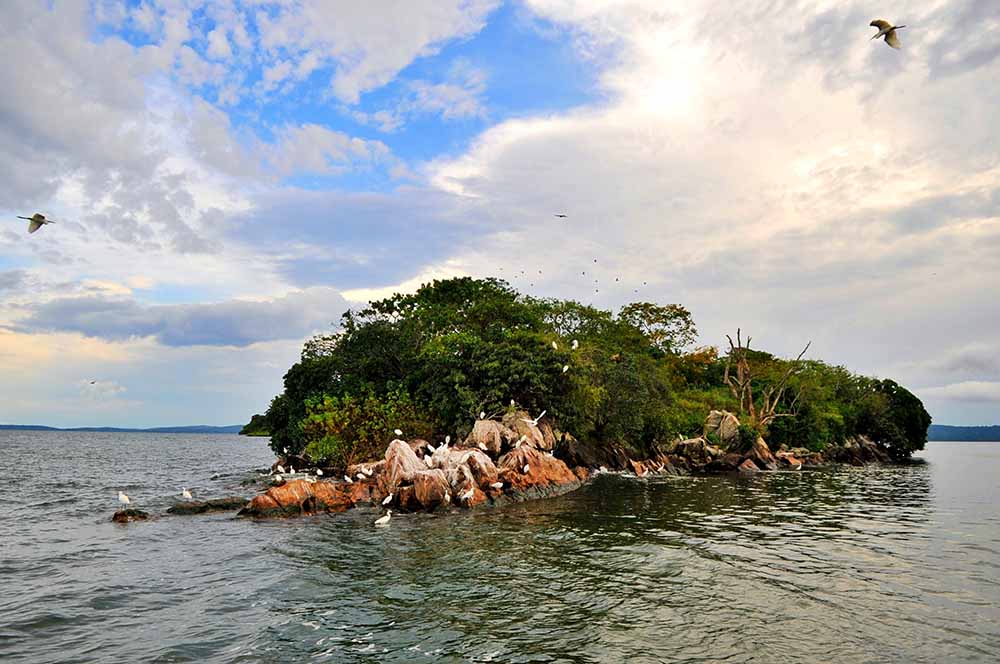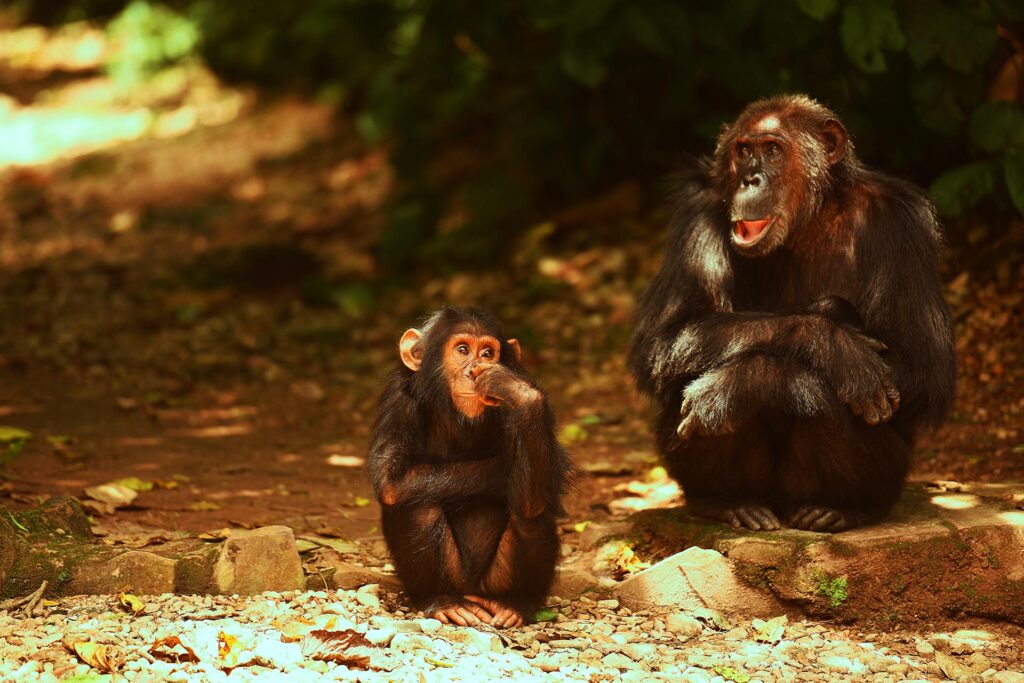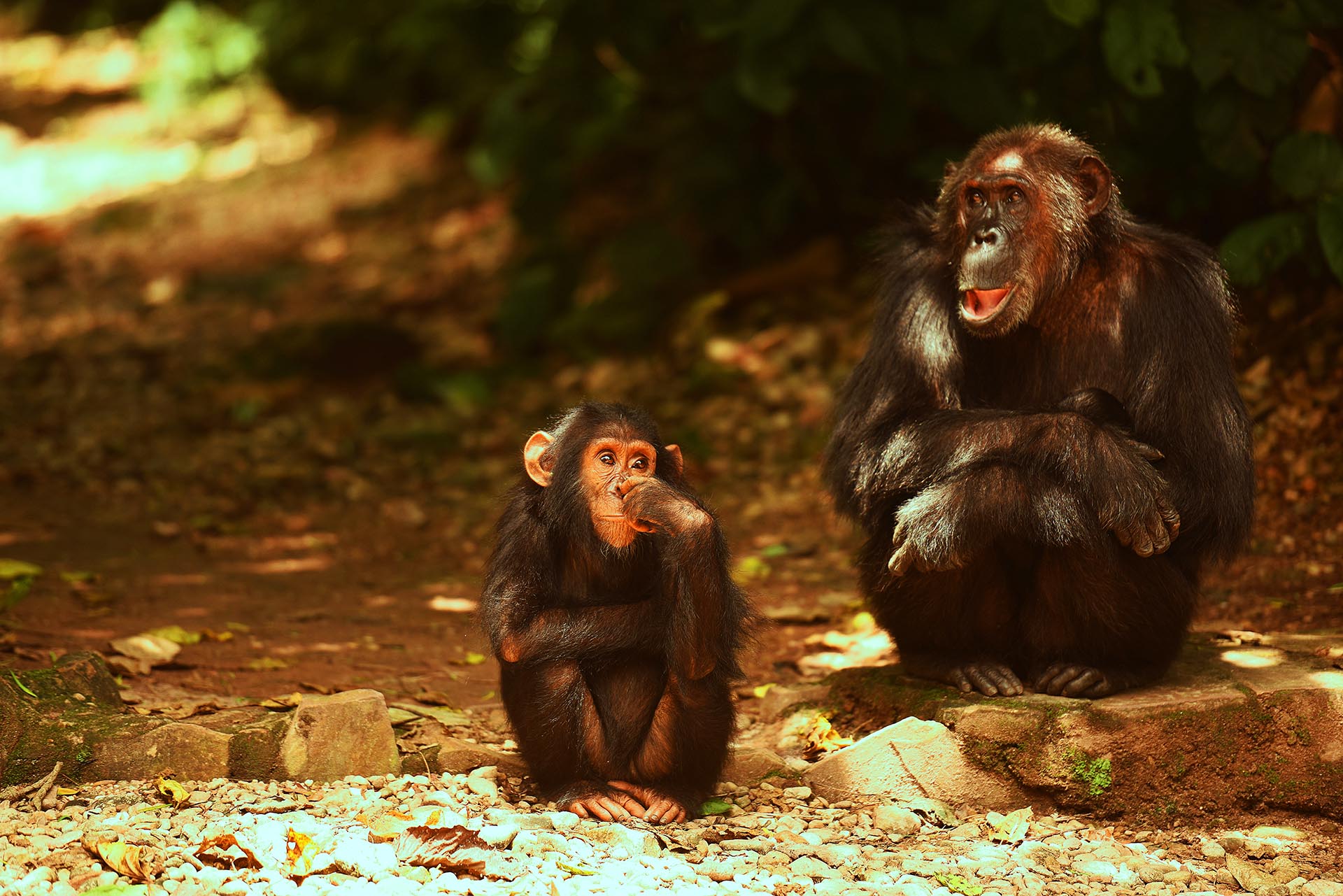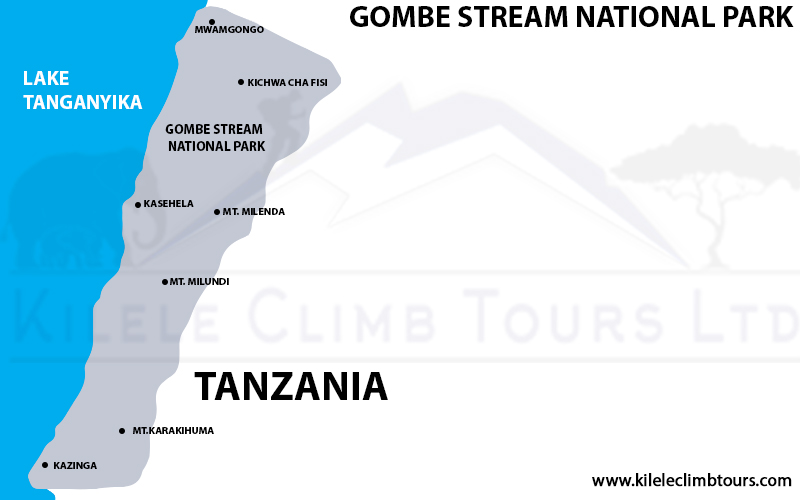Rubondo Island National Park
The green pearl in blue waters
Rubondo Island National Park
Rubondo Island was gazetted officially as National Park in 1977. It is an important breeding ground for both migratory bird and fish species especially Tilapia and Nile perch as for a long time it stood to be the only area in the waters of Lake Victoria which was well protected and preserved.
The park is located on the southwestern corner of Lake Victoria in the Geita region about 150 km (95 miles) west of Mwanza. Lake Victoria is the second largest lake in the world. The park has 456.8 km2 of which 236.8 km2 is dry land and 220 km2 is water comprising 11 small islets of varying sizes.
About 80% of the park is covered by a dense forest thus providing a variety of habitats for indigenous wildlife such as Sitatunga, hippos, bushbucks, velvet monkeys, genet cats, crocodiles, bush pigs, etc sharing the ecological niches with the introduced species such as chimpanzees, elephants, giraffes, black and white colobus monkeys, suni and African grey parrots.
Info About Rubondo Island National Park
- Area: 456.8 km2 of which 236.8 km2 is dry land and 220 km2 is water comprising 11 small islets of varying sizes.
- Established: 1977
- Location: Lake Victoria Region, Tanzania
How To Get There
Rubondo Island can be reached by Air Chatters and then boats to the park.
Best Time To Visit Park
The best time is from June through September and the wet season from November to March when wildflowers are flourishing and plentiful of butterflies
For bird watchers is from December to February when most migratory birds are nesting
Park attractions
The park is bestowed with magnificent attractions that tourists can enjoy these include a diversity of wildlife including elephants, giraffes, bushbucks, hippos, yellow-spotted otters, crocodiles, chimpanzees, and sitatunga, and offers the best fish breeding sites. other attractions are birds diversity with more than 400 species of nesting birds resides the park. The grey parrot, introduced in 2000 when 34 birds were rescued from illegal trade, is a spectacular newcomer. Another noisy specimen is the African fish eagle.
Chimpanzees
Currently being habituated – few Chimps are now used for tourism Habituation Experience (CHEX). One can travel by car to Chimps’ areas and join the chimps’ habituation crew and be a part of habituation.
Other mammals:
Other mammals that are frequently seen are Giraffes, Hippopotamus, Sported necked Otter, Bushbucks, and Velvet Monkeys. Colobus monkeys, Genet Cats, Marsh Mongoose, Suni, and Elephants
Magnificent view of evergreen dense primary lowland Congolese forest
More than 80% of Rubondo Island National Park is covered by an intense primary lowland Congolese forest. Thus providing a variety of wildlife habitats sharing similar ecological niches such as elephants, giraffes, chimpanzees, black & white colobus monkeys, Suni, African grey parrots, etc.
Variety of water birds at Birds’ Island:
RINP is one of the sites with the highest density and concentration of Birds in Tanzania. Also, RINP provides the best habitat for birds migrating between the southern and northern hemispheres.
Reptiles
Variety of Reptiles: Reptiles such as snakes (pythons), monitor lizards, and crocodiles: Are reptiles that are found in the park but some are rarely seen. Most reptiles maintain their body temperature by absorbing heat from their surroundings and have bodies that change accordingly to the local atmosphere which means they cannot control their own body temperature
Activities
Sport Fishing
It is the most exciting recreational activity in which there is a great possibility of getting a big catch to make a wonderful and challenging record of catches among others.
Boat Excursions
one can view the spectacular beauty of the island, beaches, variety of water birds, crocodiles, amongst the deepest point in the Lake Victoria “Irumo”, hippos, otters, and plants species along the shores as well as enjoy the cool lake breeze.
Walking Safaris
(Short and long) up to 4 hrs and above depending on the requests – One can enjoy seeing animals such as sun, mongoose, genet cats, monkeys, bush pigs, sitatunga, bushbucks, etc. Also, reptiles, or birds, viewing the lake & shores, etc.
Game Viewing
Chimps Habituation Experience
43 km tourist trails
The park visitors use 18 km of designated trails for short and long walk safaris and 25 km for Chimpanzees habituation Experience (CHEX) both leading tourists to different attractions and recreational sites in the park.









